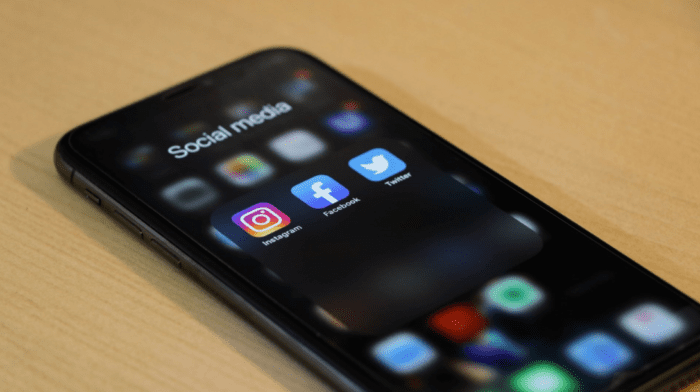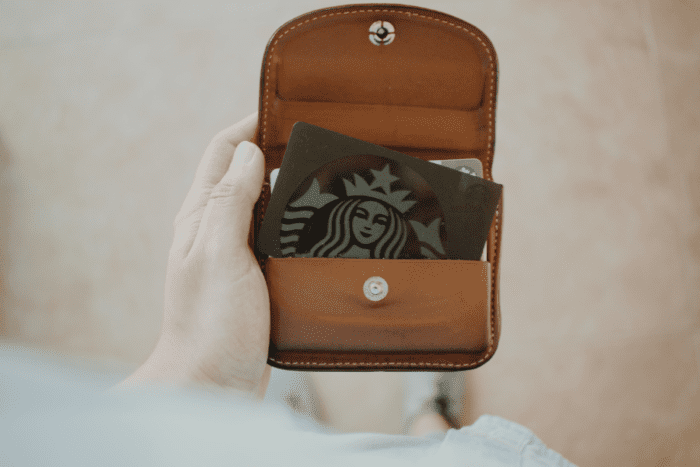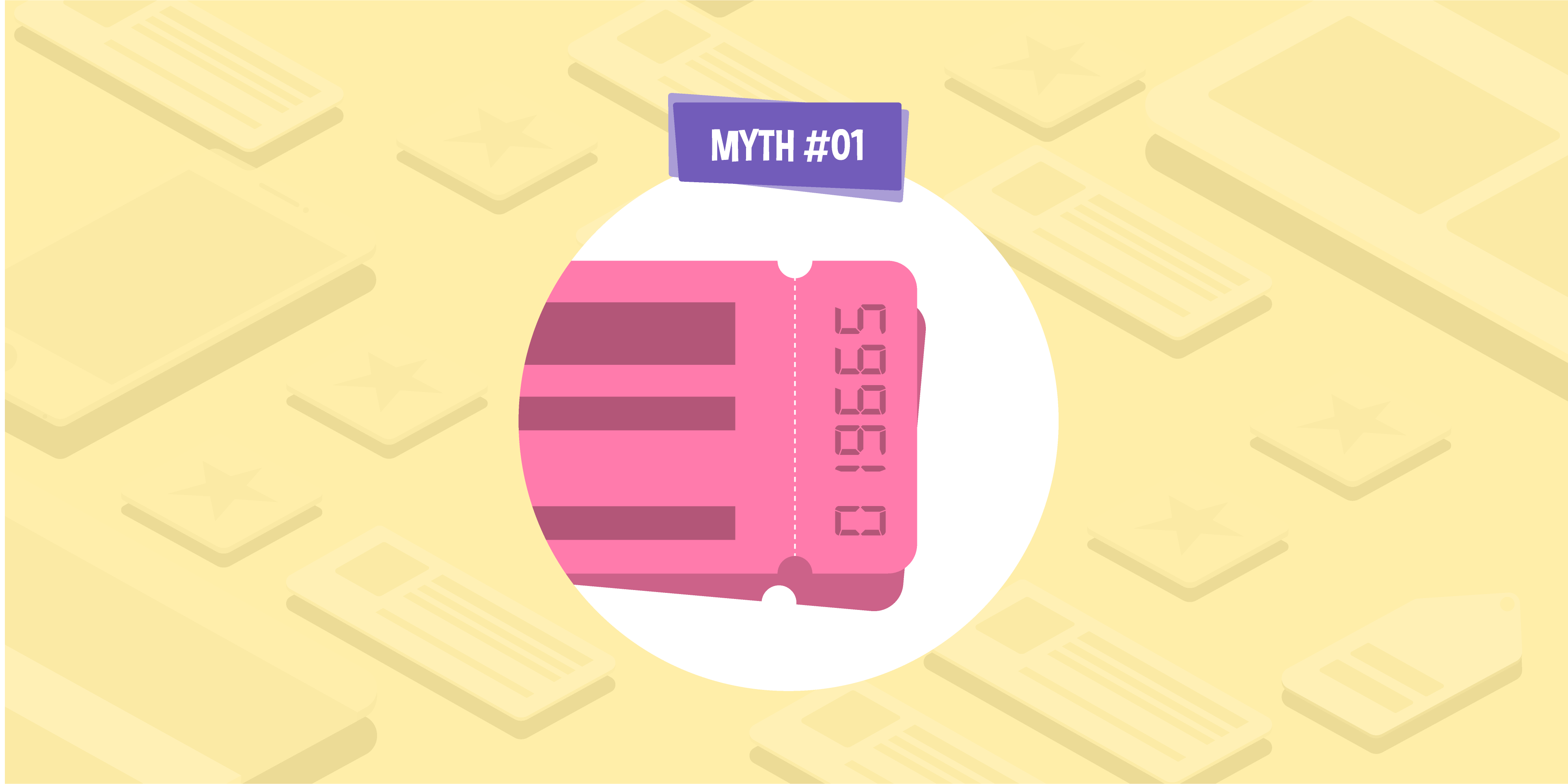
- 25 Nov 2020
- 4 Min read
How to build customer loyalty online
- by Emily Park
It’s easier than ever before for people to shop around for what they want and need, so building brand loyalty with the people who spend money with you is vital. It’s likely your business is competing against a lot of other companies who sell similar products and services, so you need to give people a reason to come back to you for more.
But working out exactly what customer loyalty looks like and how to earn it is easier said than done. So, we’ve created this guide to help you get the results you’re looking for. Read on to learn more about encouraging repeat custom from people who have made a purchase with you in the past. We’ll cover:
- What is customer loyalty?
- What are the benefits of customer loyalty?
- How can you develop and sustain customer loyalty?
What is customer loyalty?

First things first: what do we actually mean when we talk about customer loyalty? In the simplest of terms, customer loyalty is an ongoing and positive relationship between your business and the people who buy from it. This is what leads to repeat purchases and ensures existing customers continue to spend their money with you, rather than a competitor who might be offering similar products, services, or benefits. It can also lead to word-of-mouth recommendations, which can be great for growing your existing customer base. Loyalty and trust can be built with your customers if you always deliver, whether that’s in terms of your customer service or the quality of your products.
In terms of how customer loyalty differs from brand loyalty, customer loyalty is all about people feeling like they’re getting a good deal. Brand loyalty, on the other hand, is more about perception. To build customer loyalty, you’ll want to keep your prices competitive and provide shoppers with incentives to buy from you. If you have brand loyalty, people are likely to stick around and pay whatever price you’re asking for because they know they’re going to love your products. It’s important to have a balance of both.
What are the benefits of customer loyalty?

Many businesses make the mistake of pumping all of their marketing budget into attracting new customers rather than making an effort to nurture the client base that they already have. But acquiring a new customer can actually cost five times as much as retaining one (Invesp), which means it pays to make sure people who’ve previously shopped with you feel valued and want to keep coming back to you for more.
Retaining your existing customers is also a great way to ensure you always have a steady stream of orders or bookings: the probability of selling to an existing customer is 60–70%, compared to just 5–20% for a new prospect, according to Invesp. So, whenever you launch a new product line or marketing campaign, you’ll want to have your existing customers on hand and ready to buy if you would like to get the best possible results. Plus, customers that you’ve retained will typically spend 31% more, because they know and love your products already, so putting effort into building trust with them can be a worthwhile investment.
Finally, customers who love your brand and who’ve had a great experience buying from you are likely to shout about it. When you consider that 92% of people trust recommendations from friends and family over any other type of advertising (Nielsen), this can be great news for your business. Building a loyal base of customers will create brand ambassadors who you can rely on to naturally get the word out about your products or services.
How can you develop and sustain customer loyalty?

Now that you understand the importance of customer satisfaction and loyalty, you’ll want to know which steps you can take to earn it. Of course, every business is completely different, which means there’s no one-size-fits-all fix that anyone can use. But there are certain factors that can influence brand loyalty, which most companies will be able to use to their advantage. Here, we’ll take you through the main ways you can encourage loyalty among your customers, so you can create a base of clients you can rely upon to make repeat purchases. We’ll cover:
- Making sure you have a multi-channel customer service system
- Providing your customers with post-purchase content
- Encouraging people to leave reviews
- Engaging with your customers on social media
- Creating a loyalty scheme for repeat customers
- Surprising your customers with discounts
- Retargeting your customers with paid ads
Make sure you have a multi-channel customer service system

In order to build loyalty with your customers, you need to understand and cater to their needs. One of the most effective ways of doing this is to have a multi-channel customer service system, which allows people to get in touch with you in the way that best works for them.
Of course, most businesses will have a phone number and email address where customers can send their questions or concerns. But, in this increasingly digital age, it’s a good idea to provide prospective and existing customers with more ways to get in touch. For example, where do they tend to hang out on social media? Could you use your own accounts answer their questions and address any problems they’re having? Adding an instant-messaging live-chat option to your website can also be a fantastic idea, as it will make it incredibly easy for you to deal with queries quickly and with minimal fuss. Just make sure you always make it clear to your customers how long it is likely to take you to get back to them, what hours of the day you’re available, and where they can find more answers to FAQs.
You don’t just need to give your customers a choice of platforms when it comes to asking their questions or raising their issues, either: you also need to ensure you provide them with a prompt response. According to a survey conducted by SuperOffice, 88% of consumers expect a response from a business within 60 minutes, while 30% expect one in 15 minutes or less. However, the average response time among businesses is around 12 hours and 10 minutes, which just isn’t good enough for a lot of customers.
If you want to retain your existing customers, as well as build confidence with people who’ve recently learned of your brand, you need to respond to any queries quickly and effectively. If you do so, you’ll give yourself a good chance of standing out from your competitors and ensuring people come back to buy from you time and time again.
Provide your customers with post-purchase content

Depending on what kinds of products or services your business offers, your customers might require some advice after making their purchase. And one way to build trust with them, show that you’re experts in your field, and ensure they’ll feel confident when buying from your business again is to create post-purchase content that answers all of their questions quickly and easily. Doing this will also save you time in the long-run, as it’s likely you’ll receive fewer customer service queries and can point people in the direction of your existing guides if certain questions do come through.
There are a number of ways in which you can decide what kinds of post-purchase content you want and need to create. Start by using your own knowledge of your business and products to work out what kinds of information your customers will find helpful. For example, it might make sense to create how-to tutorials or product care and maintenance guides. You can also carry out some keyword research to see what kinds of questions people are asking search engines about the kinds of products you stock, as well as ask your customer service representatives to keep a note of any queries that keep coming up, which you can then try to address in a guide, video, or FAQ page.
Encourage people to leave reviews

It’s always a good idea to encourage customers to leave reviews of your products or services. In general, positive reviews can help to nudge new customers in the direction of actually making a purchase, and they can also go a long way towards showing that your business and website is legitimate, which is particularly important when you’re just starting out. In fact, according to BrightLocal’s Consumer Review Survey, the average shopper reads 10 reviews before deciding whether to trust a company, and only 53% would consider spending money with a brand that gets an average of less than four stars.
In terms of how this can help you to retain your customers, if someone has had a positive experience of dealing with your company, writing a review will allow them to reflect on that and might remind them to buy from you in the future. On the other hand, if they haven’t had the best experience, receiving their review will give you the chance to get in touch and rectify the situation. By doing this out in the open, you’ll be able to show both the customer in question and others that are thinking about shopping with you that you take their satisfaction seriously. This could then lead to both repeat and new custom.
Leaving a review takes time and effort, though, so customers will often need to be encouraged to do it. Always follow up an order with an email requesting a review, and consider whether there are any incentives you could offer, too.
Engage with your customers on social media

Before people could shop online, they would have to visit physical shops where they could build relationships with the people serving them. It can be quite difficult to replicate this kind of connection online but engaging with your customers through social media can certainly help.
The likes of Instagram, Facebook, and Twitter are great platforms for checking in with your customers to see how they’re doing and whether there’s anything they need from you. You can also conduct polls to get their opinions on certain things, like new product lines, events you’re planning, and features you’re thinking about adding to your website.
As we’ve previously mentioned, some customers might turn to social media to seek help from your customer service team, and you’ll want to ensure you always reply to their tweets, comments, or direct messages as quickly and as helpfully as possible. If you have some content on your website that will solve their query, it could be as simple as letting them know you’ve seen their message and providing them with a link to the information they require. Or it might involve more work, such as tracking down a lost parcel, replacing a broken item, or answering a specific question they have.
Regardless of what they require, you need to make sure their social media customer service experience feels personal to them and that every query is handled as professionally as it would be over the phone or via email.
Create a loyalty scheme for repeat customers

When you want to encourage past customers to spend with you again, having a loyalty scheme in place can really help. But they aren’t all created equally, and you’ll need to put plenty of time and effort into getting your programme right if you really want to reap the benefits. Too many companies use loyalty schemes as short-term promotions, but they work best when you have a long-term plan in place.
Here, we’ll talk you through what a loyalty scheme looks like, the different types you can use, and how you can monitor whether yours is proving effective.
What are customer loyalty programs?
A customer loyalty scheme will typically allow customers to work towards special benefits, such as discounts, free gifts, or early access to new products. These rewards are usually earned by making repeat purchases and might be based on how much a person has spent with that company or how many orders they’ve made. Customer rewards programmes may also offer treats at certain times of the year, such as just before Christmas or on a customer’s birthday.
What kinds of customer loyalty programs are there?
There are several different types of loyalty programs you can offer and, if you decide to put one in place, you’ll have to assess which kind is going to work best for your business. Here are some of the most popular options:
- Points programs: This is perhaps the most popular and simplest type of customer loyalty program. These allow customers to accrue an agreed number of points with each purchase, which they can then use as credit or put towards free rewards. Boots has an Advantage Card scheme that works in this way.
- Tier-based programs: Tier-based programs work similarly to points programs in that customers will be able to earn a certain number of points with each purchase. But once they hit a certain number, they’ll move up a level to earn bigger and better rewards. Starbucks has a tier-based loyalty rewards scheme that offers better rewards the more you spend.
- Club programs: If you’re not sure that your profit margins will allow you to offer frequent discounts and freebies, asking your customers to sign up as a member can still help them to feel like part of a special club. You could then give them early access to the sales you were already planning or give them a glimpse of new releases before everyone gets to see them. This can still help to build brand loyalty without you having to foot the bill.
- Buy X, get one free: You can make your loyalty program as simple as offering your customers a freebie once they spend a certain amount, or make enough orders. For example, Café Nero offer a stamp card and app that allow you to get one free coffee once you’ve bought nine. If people have this kind of goal in mind, they’ll be more likely to buy from you than your competitors.
You should choose the best type of loyalty programme for your business based on what you’re trying to achieve, how much people tend to spend with you, and what you think your clients are actually looking to gain from a rewards system.
How to measure the effectiveness of your customer loyalty scheme
Just like with any area of your business, you’ll want to ensure that your loyalty scheme is getting you the results you’re looking for. So, it’s a good idea to monitor how it’s going over time.
One way you can do this is by comparing how long your customers tend to stay with you and whether this increases if they sign up to your rewards scheme. It’s also worth looking into whether people start to spend more in one go or make more frequent orders once they become a member of your loyalty programme. These should all be metrics you can monitor over time in order to work out whether you’re seeing a satisfactory return on your investment.
Before launching your loyalty program, we recommend asking your customers whether they would be interested in such a scheme and what kinds of rewards they would be looking for. This way, you can ensure it’s tailored to the people you’re looking to attract and won’t invest in lots of points cards only to find that nobody really wants them.
Surprise your customers with discounts

Even if you don’t set up a formal loyalty program, you could still reward customers in a way that might encourage them to make another purchase. For example, if people provide you with their date of birth when they make an order or sign up to your newsletter, you could surprise them on the week of their birthday with a personalised discount. Just make sure you get their permission for this, so you’re working within the GDPR regulations. Or, each time someone checks out, you could give them a code for 10% off their next purchase.
Of course, not every business will have the profit margins to be able to offer frequent discounts. But, if you do, it could really help to incentivise people and lead to more conversions. Everyone loves to feel like they’re getting a good deal and, if you can show your existing customers that you appreciate them by offering a special discount every once in a while, it’s very likely you’ll make it into their good books.
Retarget your existing customers with paid ads

As we’ve already covered, it’s easier to encourage past customers to make a purchase than it is to secure new customers. So, if you aren’t currently retargeting your existing client base with paid ads, you could be missing out on some very easy wins. They will already have an understanding of what they can expect from your business and, if they’ve been happy with their previous experience, they’ll be far more likely to click “buy” if you’re able to show them a product they’re particularly interested in.
Even when someone has bought from you in the past, they’ll typically need to hit multiple touchpoints with your business before converting again — especially if you sell high-ticket items. So, you’ll want to keep your business in your customers’ minds, otherwise a competitor could easily swoop in and grab their attention.
Plus, the beauty of retargeting customers that have already visited and bought from your website is that you can get an understanding of their shopping behaviours and target them based on this. For example, you can create a list of frequent buyers who you know will be interested in new product launches, or there may be people who’ve returned to your website, filled their basket, and never checked out. This gives you an idea of what they’re interested in purchasing, even if they haven’t already. You can also work out who converted due to a particular promotion and therefore who is likely to be attracted by another deal that’s similar.
PPC remarketing is all about using the data you have on your customers to target them with ads you know will appeal to them, and this can be incredibly fruitful.
As a business owner, you’ll be up against a lot of competition, which means building loyalty with your customers should be a huge priority. We hope this guide has given you all the information you need to keep your customers coming back to you to make repeat purchases.
We can help you to reach a wider audience and retain the customers that you have, too. If you need a hand with organic search, paid search, or affiliate marketing, get in touch.

